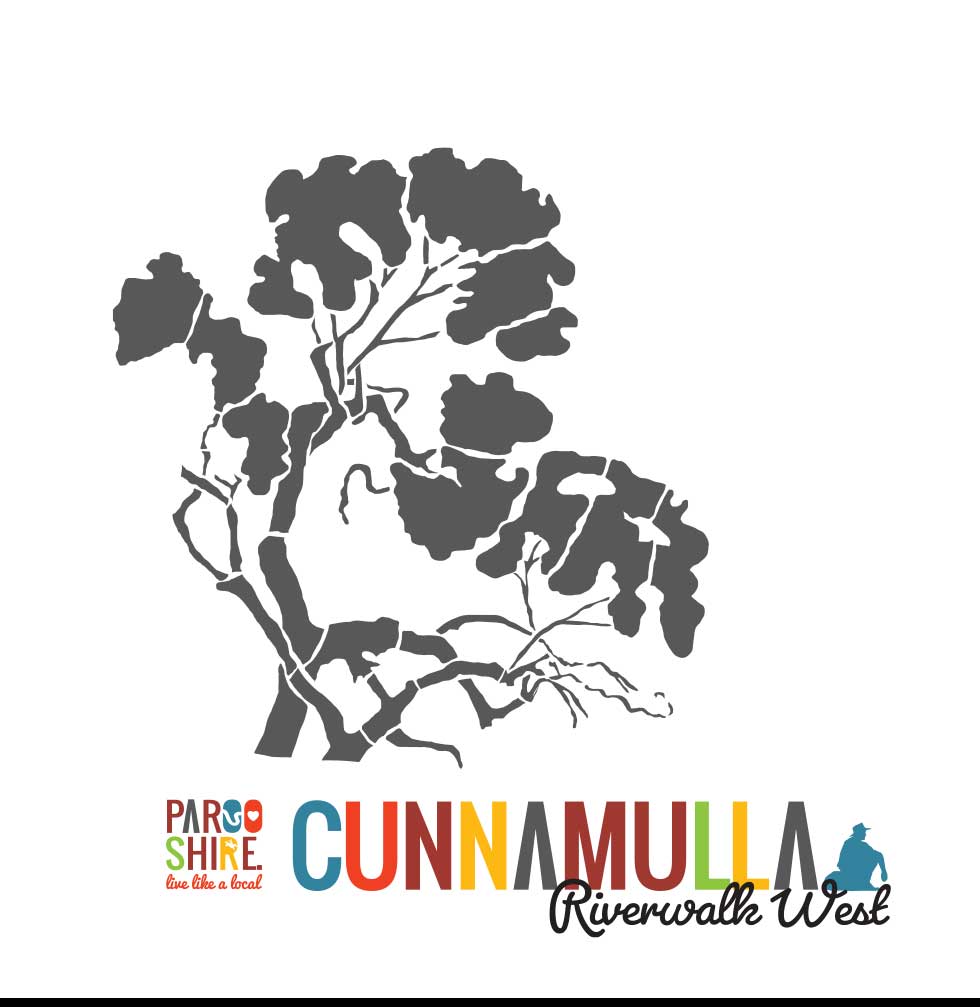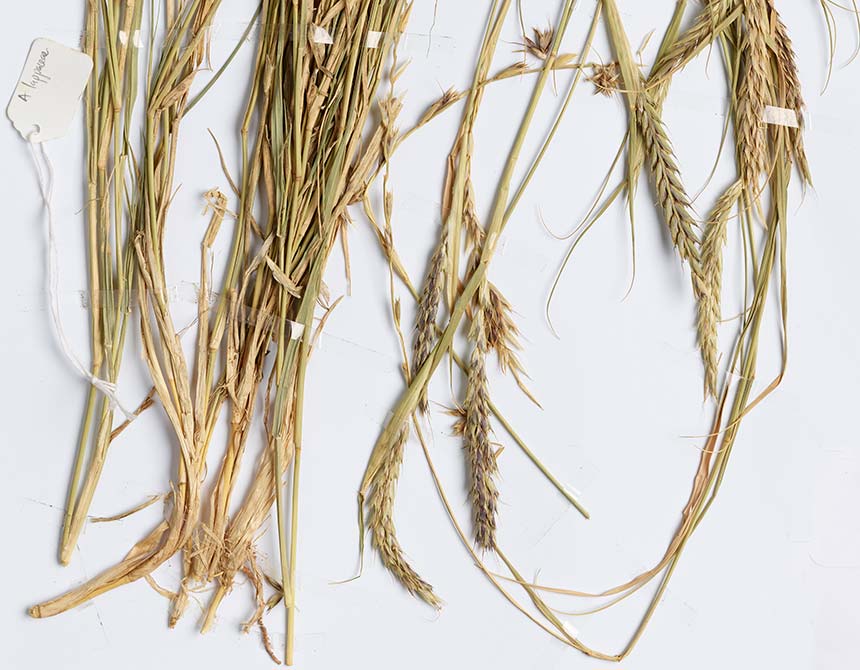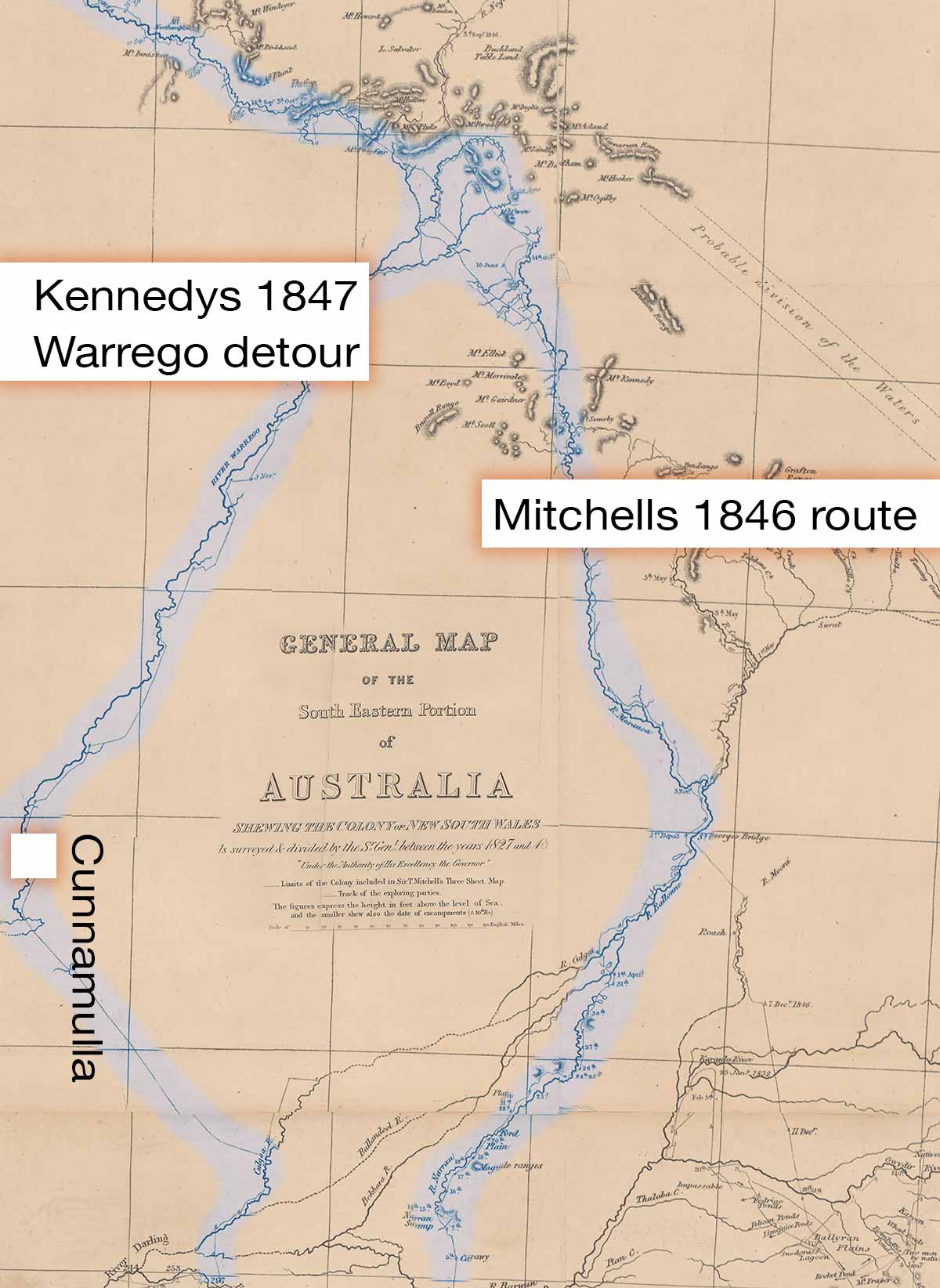

Major Mitchell and Edmund Kennedy
The first Europeans to arrive in south west / western Queensland did so on two separate expeditions in 1846 and 1847.
Surveyor General Thomas Mitchell was convinced that a major river must flow north-west across inland Australian into the Gulf and Carpenteria. He was determined to find it.
While his path led him into to the headwaters of the Warrego via the Balonne and Maranoa rivers, his focus lay well to the north of here. It was left to his then second in command – Edmund Kennedy – to actually travel down the Warrego River on a separate expedition in November of the following year – 1847.
Having sadly determined that Mitchell’s “Victoria River” was actually the Barcoo River draining down into Coopers Creek rather than up into the northern gulf, Kennedy was determined to bring some valued news back with him.

Instead of just retracing his steps, he hence headed off down the Warrego River channel to find what he may.
Here he saw abundant Mitchell Grasslands which he described as:
“extensive plains thickly covered with the most luxuriant pasture. I have never seen in the colony any country which surpasses it, and but very little to equal it”.
Kennedy was the first to report on the dual nature of the Warrego floodplains - the abundant upper reaches followed by the braided channels that cut in below Cunnamulla.
Here Kennedy discovered permanent water was hard to find. His journey down the Warrego hence broke off at this point with a desperate, forced exit across country to the Culgoa River.
what is it about Mitchell grass?
There are two types of plants that grow in native grasslands.
Short-lived plants (ephemerals) die off in the dry times and resprout from seed after rain.
Long-lived plants (perennials) stick around as best they can through good times and bad.

The Curly Mitchell grass (Astrebla lappacea) found here is one of the survivors. With a dual tap root system that allows it to harvest both shallow surface water after rain and deeper ground water in dry times, a single plant can live for over 30 years.
This means that when the rains come bringing a surge of new life to the native grasslands, Mitchell grasses already have their ground locked in.
All the ephemeral plants have to fight amongst themselves for the available space left between the Mitchell grass.


5. Woodland birds
7. Kangaroo / emu
